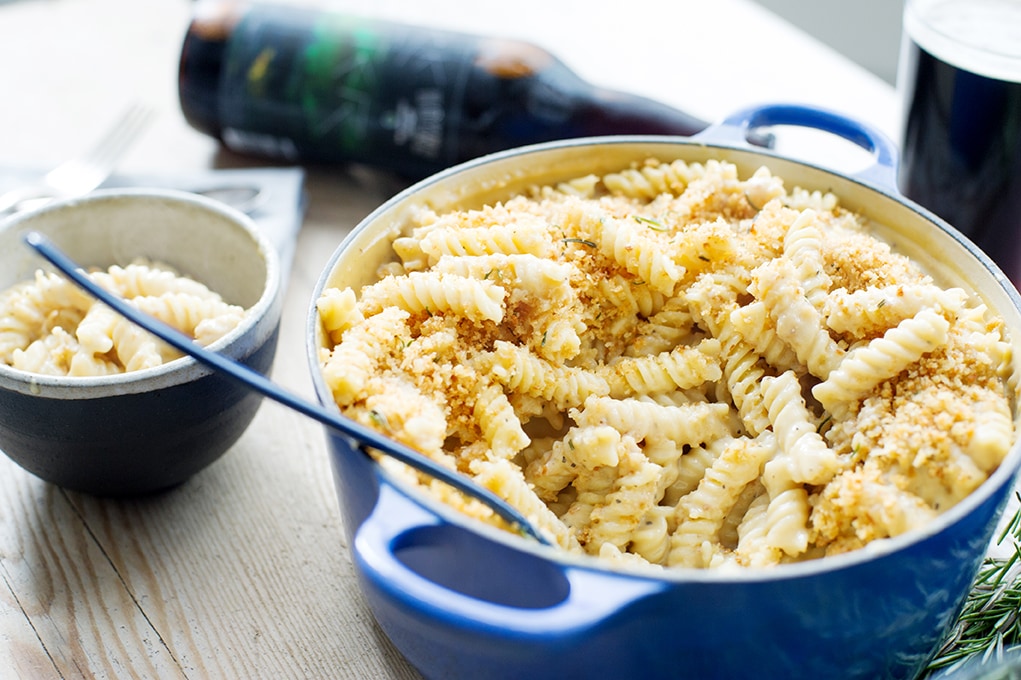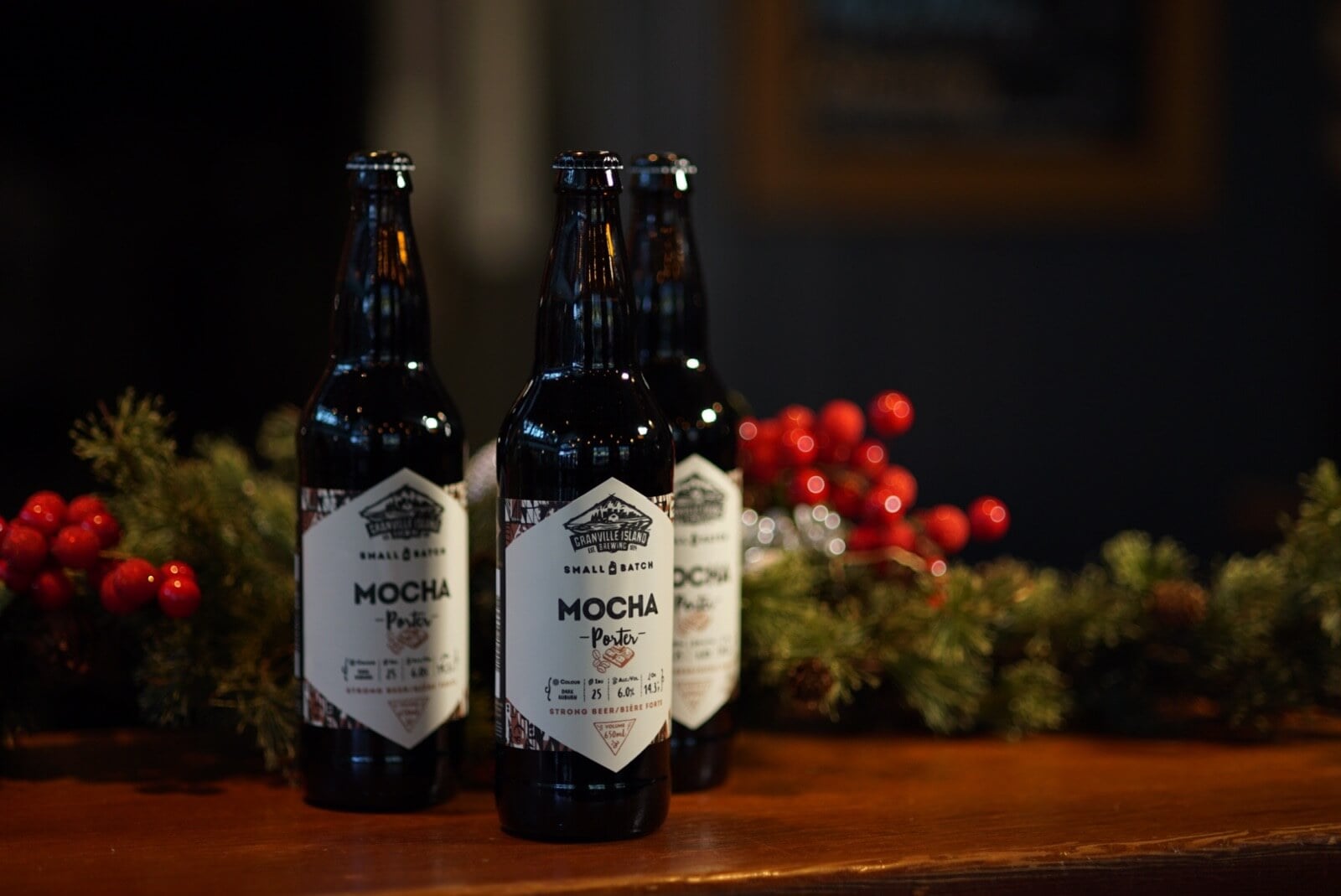Understanding bitter better: How the once-maligned bitter is making waves in the B.C. brewery scene
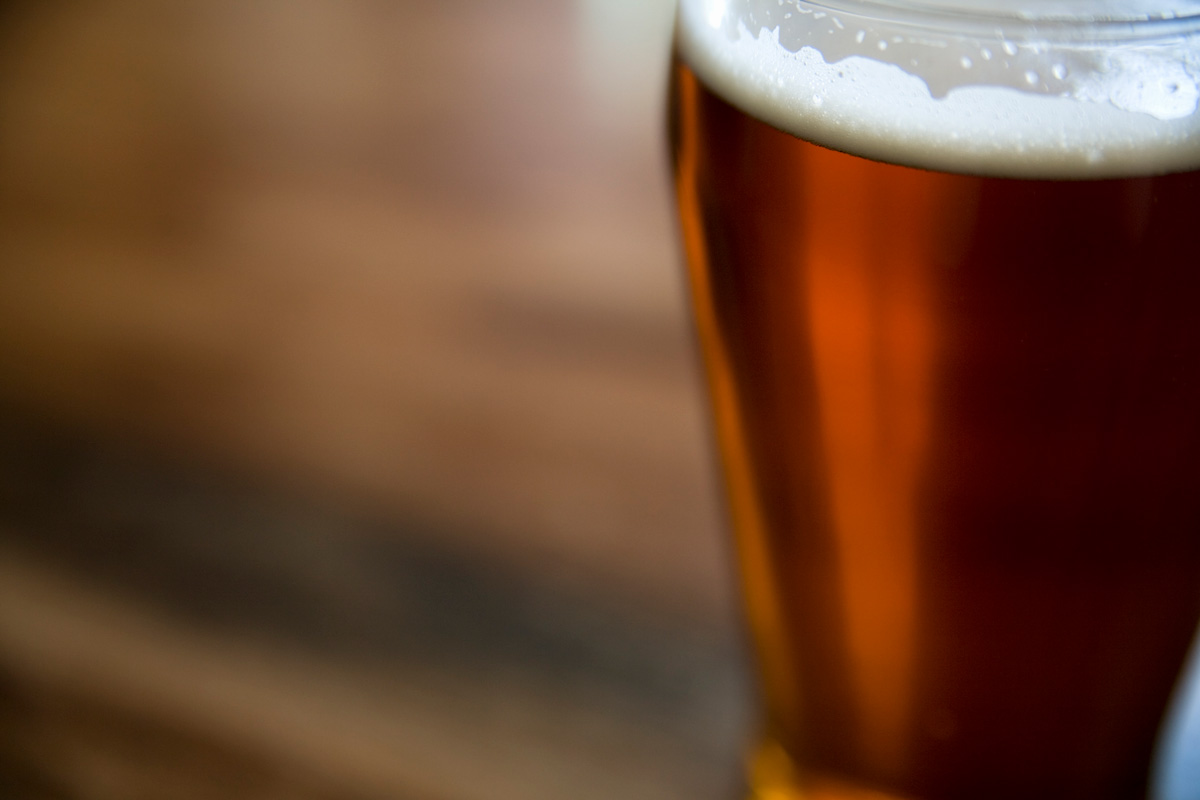
“But how bitter is it?” is a question often overheard at craft brewery counters.
Even here in B.C., where hopheads and sour enthusiasts abound, no one wants to describe a good beer as just plain bitter. Instead, we often replace it with a euphemism because, as polite Canadians, the word seems just too harsh to say outright.
“Bitter,” however, is a longstanding British beer style with an appealing flavour profile, making it an ideal choice for a brewery’s regular lineup — if the name wasn’t an issue. As late British beer writer Michael Jackson once put it, “no marketing man would ever have created a category called ‘bitter.’”
The North American response to the word is why most B.C. breweries don’t regularly produce bitters. And, while the word may make us clench our teeth, that’s largely due to the fact many of us don’t know what a bitter is. Understanding bitter better (say that after three beers!) can help you appreciate this style when you do find it here in B.C.
What is a bitter?
Despite its name, bitter is a remarkably approachable beer. Jackson described it as “a sociable drink, ideally enjoyed in a pub in a plain pint glass.” While flavours vary by region, most will be a clear amber or copper and have toasty, nutty or caramel notes balanced by a pronounced bitterness produced by adding English hops in the boil only. A traditional bitter should not be pressurized or chilled. Served at cellar temperature and hand-pumped fresh from the cask is what a bitter deserves.
Brits and their bitter
Bitter is an English beer style defined as a cousin of British pale ale. Its three subcategories—Ordinary, Best, and Strong—are distinguished by their increasing alcohol content, but in practice there is some variation in the naming. So, if you see a bitter on tap, be aware that it might hit you harder than you think!
The term “bitter” was first used in James Death’s, The Defects of Beer (1889) when he described “pale and bitter ales” as one style. Beer historians note the distinction between an English pale ale and a bitter has always been a bit fuzzy. However, by the 1950s, most pubs in England had a mild and a bitter on tap. Those were usually your two choices. How bitter was the bitter? More bitter than the mild, as Jackson explained. “Each term was defined by the other, like left and right in a political party.”
The bitter’s popularity helped resurrect good beer in a market dominated by beer corporations. According to Jackson, Brits’ love for bitter was what fuelled the Campaign for Real Ale (CAMRA), which began in the 1970s and is still flourishing today. One famous bitter of that time was Fuller’s award-winning Extra Special Bitter (ESB). Fuller’s ESB remains one of the most popular bitters on record and they currently hold the trademark on the ESB style name in Britain.
However, that trademark doesn’t apply outside the UK. The more innocuous name “ESB” smoothed the introduction of this style of beer to North Americans, who often balk at the name “bitter.” While the Brits embrace it, it’s harder sell to others. But make no mistake—it is indeed selling and, the bitter, (via ESB) has a devoted following in B.C.’s breweries.
The bitter in British Columbia
While “Bitter” rarely appears on the menu board of a B.C. brewery, you may see “ESB” on offer.
And, there’s often a story behind the creation of that ESB—a story connected to the brewery’s sense of identity and place. These versions may not be completely traditional ESBs, but they do often embody a brewery’s story—they become its tradition. Here are some B.C. bitters that have proven their worth:
 Spinnakers: Mitchell’s ESB/Cask ESB
Spinnakers: Mitchell’s ESB/Cask ESB
Spinnakers, one of B.C.’s oldest craft breweries, owes much to its British founder John Mitchell. Owner Paul Hadfield recalls an enlightening evening with Mitchell and others in 1982, when he tasted British ale for the first time. Spinnakers’ ESB recipe was conceived that evening. On their opening day in 1984, it was listed on the board as “Saanichton Bitter,” but Hadfield’s brother-in-law would have none of it. He erased it and wrote, “Mitchell’s Extra Special Bitter” instead. It’s still packaged as “Mitchell’s ESB,” but in the bar it’s simply called “Cask ESB”—served unpressurized from the cask. John Mitchell would approve.
 Hoyne: Appleton’s Finest British Ale
Hoyne: Appleton’s Finest British Ale
The man who helped Mitchell bring craft beer to B.C. was Frank Appleton, so it’s appropriate he gets his own ESB. However, even though the style is ESB, “British ale” is also included on the label.
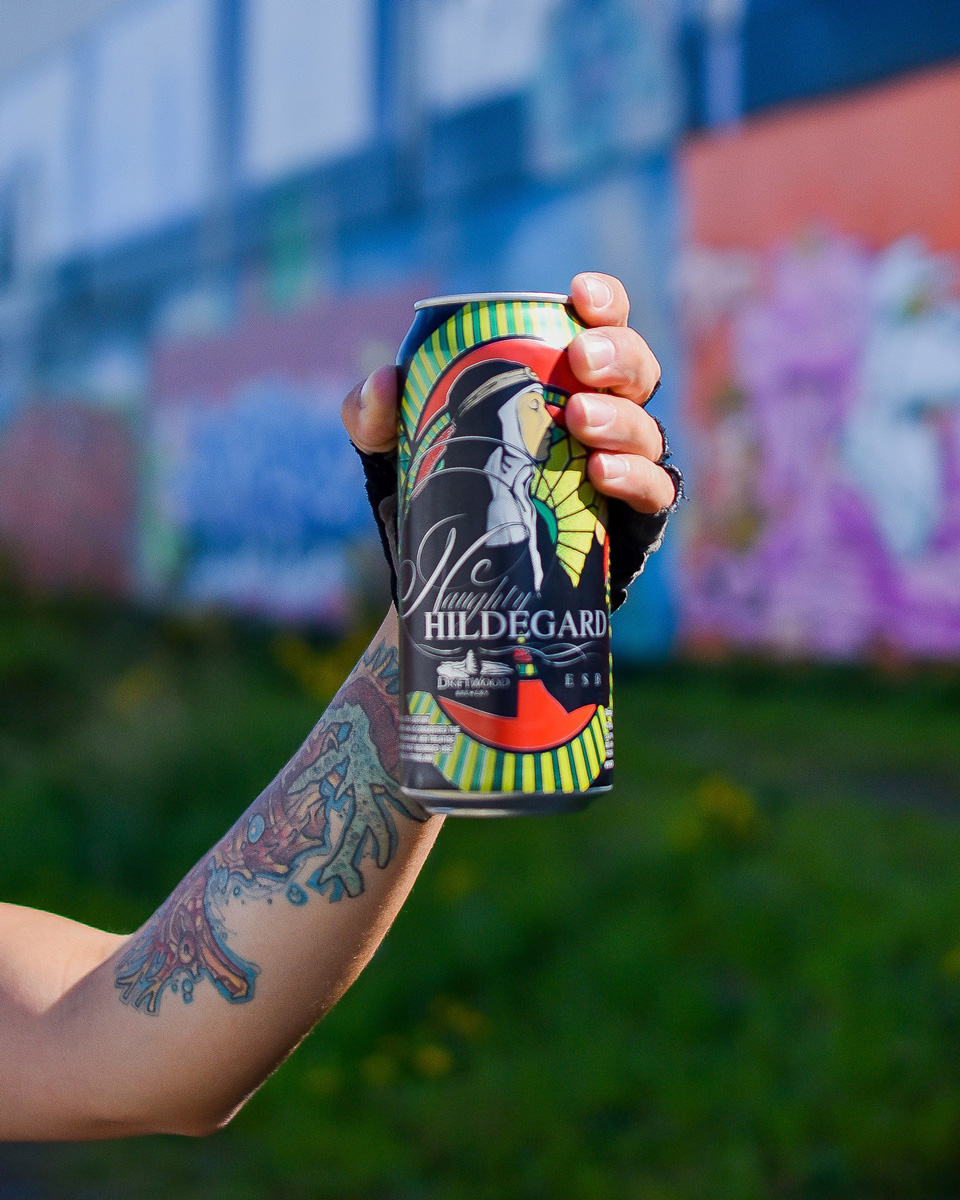
Driftwood Brewery: Naughty Hildegard ESB
Named after a medieval nun famed for her hops, this popular ESB was released in 2010 under a label that spelled out “Extra Special Bitter.” A later rebranding included “ESB” only. Gary Lindsay of Driftwood emphasizes Hildegard is an ESB with a west coast flair. “If we can do a west coast IPA, why can’t we adapt the ESB to the west coast?” The beer’s malty backbone complements a strong dose of Mosaic hops, which give it untraditional, but tasty west coast flavours.
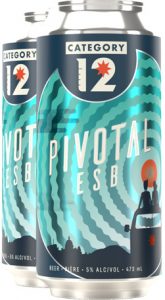 Category 12: Pivotal ESB
Category 12: Pivotal ESB
Owner Michael Kuzyk first scaled up his homebrew ESB recipe when a Victoria company wanted a special anniversary beer from Category 12. When the arrangement went sour—and he needed to stand his ground with the client—he ended up rebranding the would-be anniversary beer as Pivotal ESB. The “Pivotal” signals the brewery’s choice to value its own independence and creativity over profit. It is, however, a niche beer, Kuzyk admits wryly. “Our local clientele loves it, but store managers don’t buy it because it’s not a sexy style.”
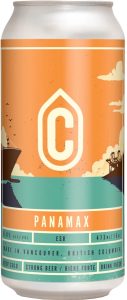 Container Brewing: Panamax ESB
Container Brewing: Panamax ESB
When Container Brewing sent their first beers into the world to the 2019 Squamish Beer Fest, one was their Panamax ESB. There was immediate market interest and Panamax was featured on opening day later that year. “Panamax” refers to shipping containers that exists in various sizes, including Post Panamax or Super Panamax, which, much like a bitter, can be special, ordinary or strong. It’s popular in the taproom, so try it in person at Container.
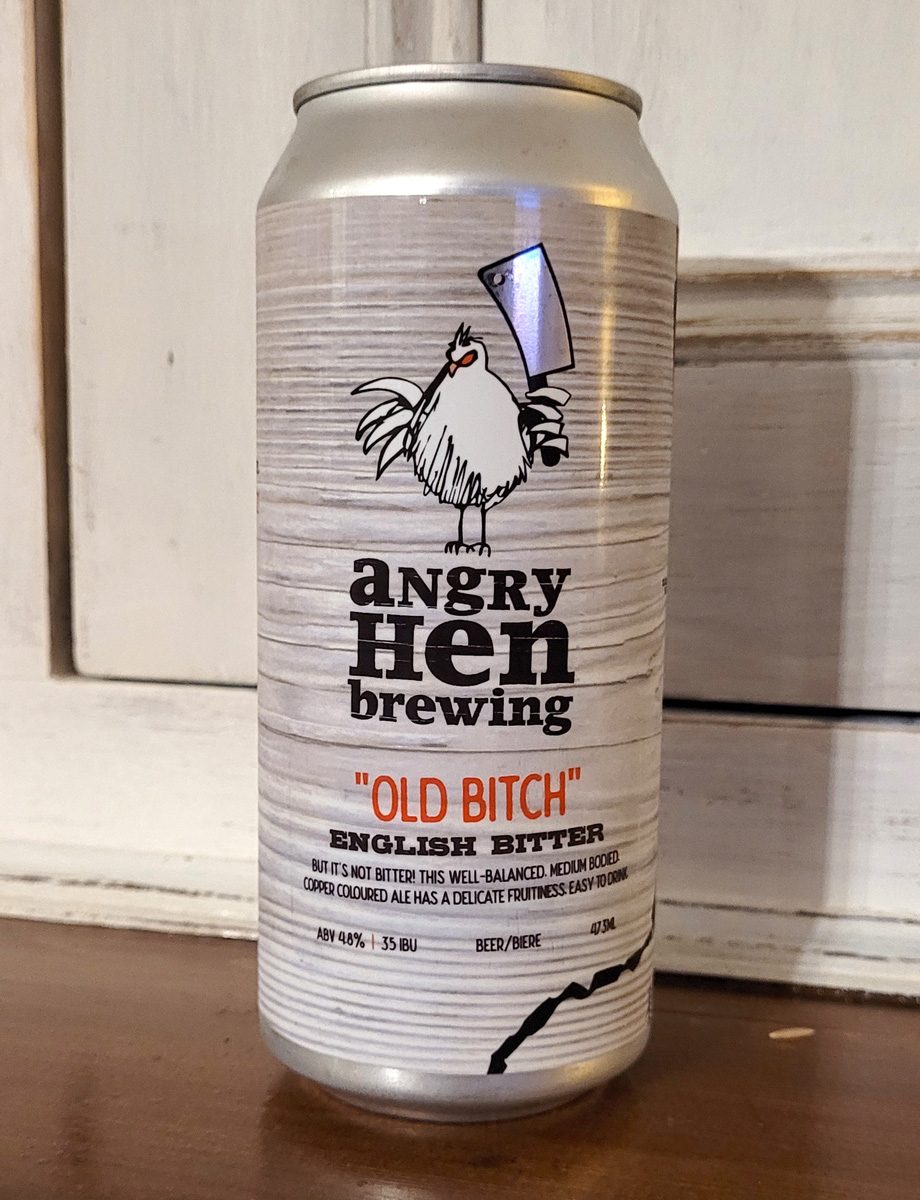
Angry Hen Brewing: Old Bitch Bitter
Owner Shirley Warne embraces her position as the self-proclaimed “Old Bitch” in B.C.’s beer scene. First brewed for Brassneck then for Angry Hen, Old Bitch Bitter is strong, appealing and isn’t hiding its name or its hops. No apologies here!
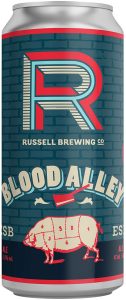 Russell Brewing: Blood Alley ESB
Russell Brewing: Blood Alley ESB
Named after the famous Gastown lane, this ESB combines west coast hops with an English-style grain bill. Russell uses the acronym to avoid the marketing difficulties that come with “bitter” and it worked — Blood Alley has been popular since its release 13 years ago.
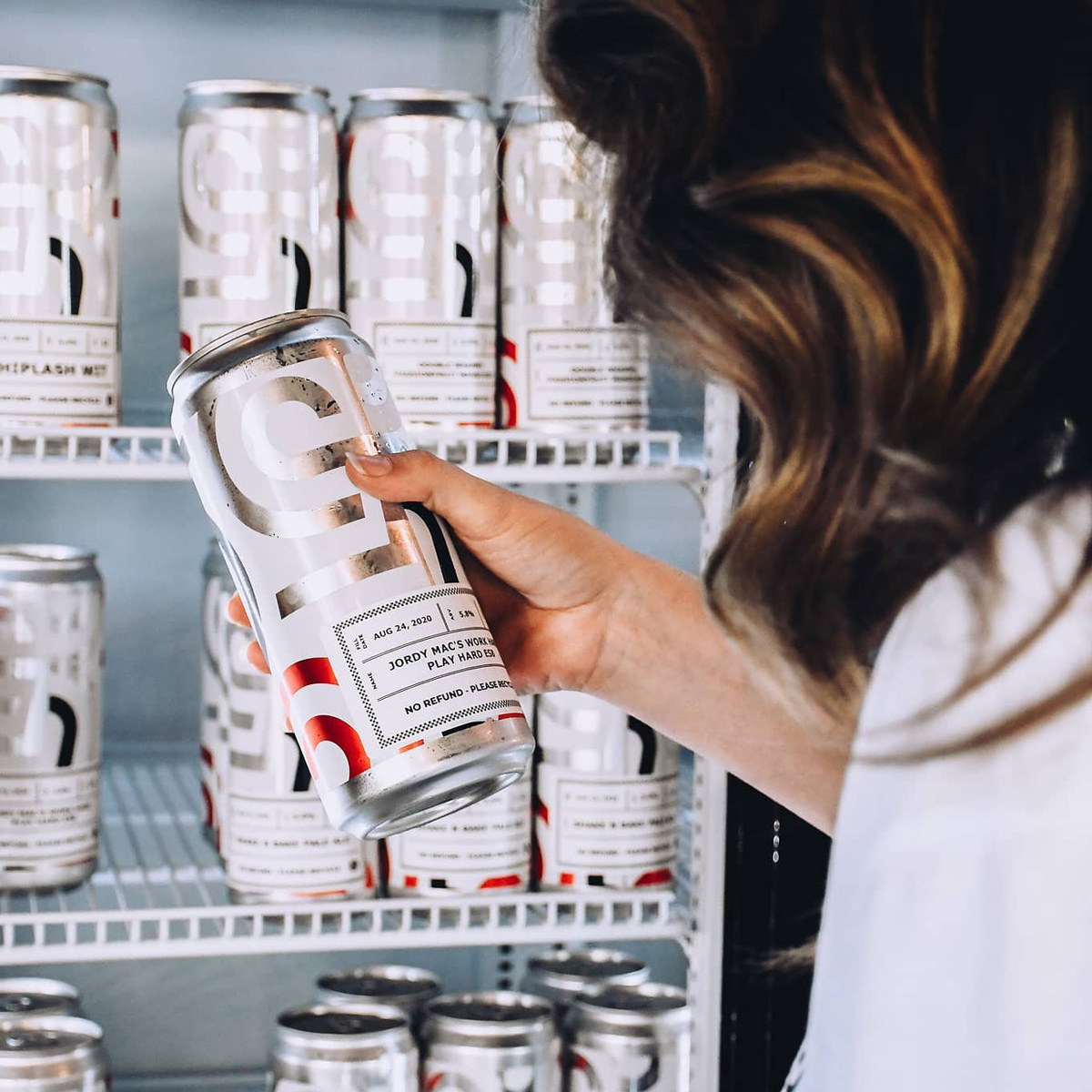
Five Roads Brewing: Jordy Mac
With a rich malt profile and fruity floral hop notes, it’s no wonder this ESB was one of the brewery’s first four beers. It was named in honour of local man Jordan McIldoon, who was tragically killed in the 2017 Las Vegas shooting.
 Foamer’s Folly: Lavender Earl Grey ESB
Foamer’s Folly: Lavender Earl Grey ESB
The flavour combination of English hops, tea, and lavender make this caramelly and floral ESB a British-style treat! It is one of Foamer’s longest-standing beers for good reason.
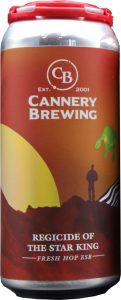 The Cannery: Regicide of the Star King Fresh Hop ESB
The Cannery: Regicide of the Star King Fresh Hop ESB
A fresh-hop ESB is indeed a combination of old and new and, according to the Cannery, “old world style with new world hops.” As a seasonal release it wasn’t on tap long, but keep an eye out for future offerings.


